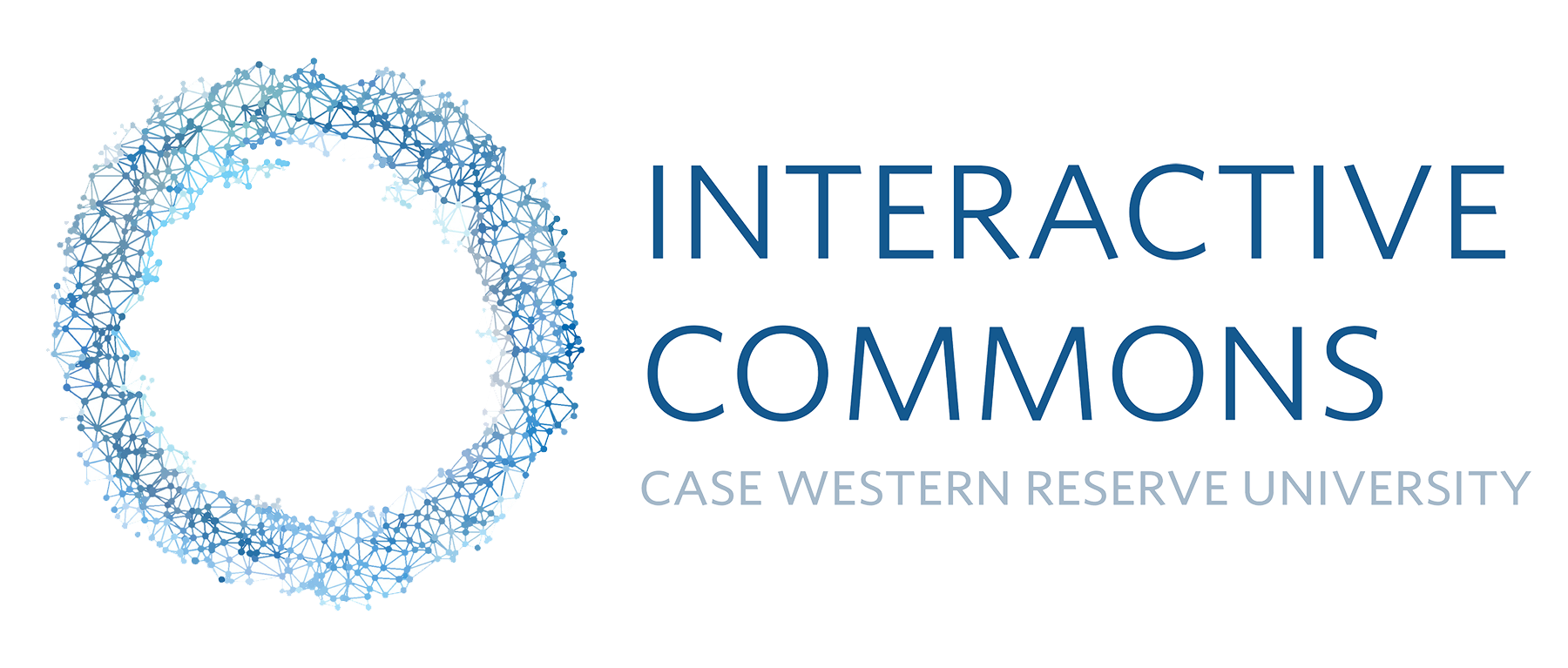HoloDBS/SNS
Neurosurgical Planning in XR
"I could see it right away — XR was going to have a gigantically important niche application in this very specialized form of medicine."
CAMERON MCINTYRE, PHD
DUKE UNIVERSITY
Photo: Cleveland FES Center
